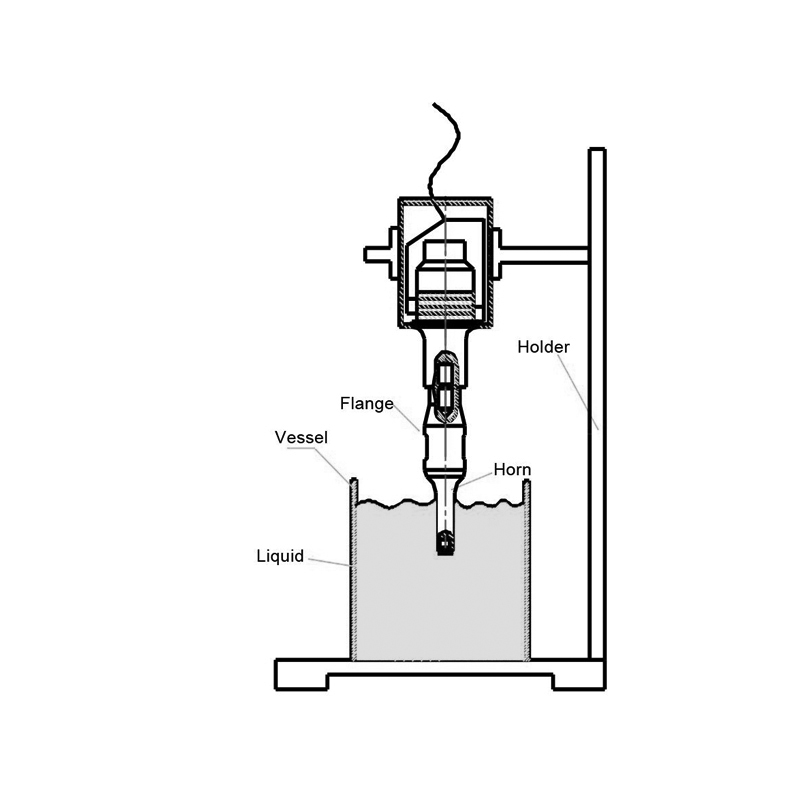Ultrasonic liquid processing has the functions of crushing tissues, bacteria, viruses, spores, and other cell structures such as homogenization, emulsification, mixing, degassing, disintegration and dispersion, leaching and extraction, accelerating reaction, and small hole cleaning. It is widely used in biology, Laboratory research and enterprise production of medicine, chemistry, biological products, pharmacy, food, cosmetics, environmental protection etc.
Ultrasonic liquid processing means that under the action of cavitation formed by ultrasonic energy, a large number of bubbles will be generated in the liquid. Small bubbles will gradually grow and increase with the ultrasonic vibration, and finally burst and split instantly, and the split bubbles will continue to circulate Growth and destruction. When these small bubbles collapse rapidly, high temperature and high pressure are generated in the bubble, and because the liquid around the bubble rushes into the bubble at high speed, a strong local shock wave is generated in the liquid near the bubble, and a local high temperature and high pressure is also formed. Ultrasonic pulverization, emulsification and dispersion.

Industry Application:
Biological industry: petroleum, natural plants, polysaccharides, flavonoids, alkaloids, polyphenols, organic acid oils extraction
Laboratory applications: cell disruption, material dispersion (suspension making) and coagulation.
Chemical industry: textile process and dyeing process, batik process, defoaming.
Water treatment: Pollution of water quality, vibrating algae and marine organisms in the manufacturing industry.
Graphene: Graphene particles, graphene nanoparticles produce.
Food and cosmetics industry: wine aging, cosmetics particles refined